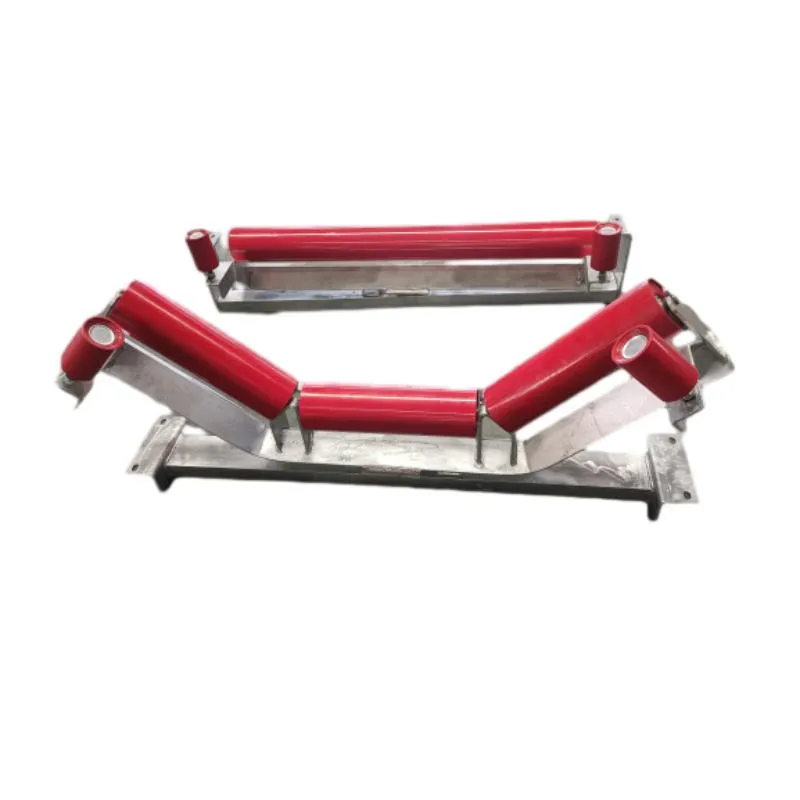 Afrikaans
Afrikaans  Albanian
Albanian  Amharic
Amharic  Arabic
Arabic  Armenian
Armenian  Azerbaijani
Azerbaijani  Basque
Basque  Belarusian
Belarusian  Bengali
Bengali  Bosnian
Bosnian  Bulgarian
Bulgarian  Catalan
Catalan  Cebuano
Cebuano  Corsican
Corsican  Croatian
Croatian  Czech
Czech  Danish
Danish  Dutch
Dutch  English
English  Esperanto
Esperanto  Estonian
Estonian  Finnish
Finnish  French
French  Frisian
Frisian  Galician
Galician  Georgian
Georgian  German
German  Greek
Greek  Gujarati
Gujarati  Haitian Creole
Haitian Creole  hausa
hausa  hawaiian
hawaiian  Hebrew
Hebrew  Hindi
Hindi  Miao
Miao  Hungarian
Hungarian  Icelandic
Icelandic  igbo
igbo  Indonesian
Indonesian  irish
irish  Italian
Italian  Japanese
Japanese  Javanese
Javanese  Kannada
Kannada  kazakh
kazakh  Khmer
Khmer  Rwandese
Rwandese  Korean
Korean  Kurdish
Kurdish  Kyrgyz
Kyrgyz  Lao
Lao  Latin
Latin  Latvian
Latvian  Lithuanian
Lithuanian  Luxembourgish
Luxembourgish  Macedonian
Macedonian  Malgashi
Malgashi  Malay
Malay  Malayalam
Malayalam  Maltese
Maltese  Maori
Maori  Marathi
Marathi  Mongolian
Mongolian  Myanmar
Myanmar  Nepali
Nepali  Norwegian
Norwegian  Norwegian
Norwegian  Occitan
Occitan  Pashto
Pashto  Persian
Persian  Polish
Polish  Portuguese
Portuguese  Punjabi
Punjabi  Romanian
Romanian  Russian
Russian  Samoan
Samoan  Scottish Gaelic
Scottish Gaelic  Serbian
Serbian  Sesotho
Sesotho  Shona
Shona  Sindhi
Sindhi  Sinhala
Sinhala  Slovak
Slovak  Slovenian
Slovenian  Somali
Somali  Spanish
Spanish  Sundanese
Sundanese  Swahili
Swahili  Swedish
Swedish  Tagalog
Tagalog  Tajik
Tajik  Tamil
Tamil  Tatar
Tatar  Telugu
Telugu  Thai
Thai  Turkish
Turkish  Turkmen
Turkmen  Ukrainian
Ukrainian  Urdu
Urdu  Uighur
Uighur  Uzbek
Uzbek  Vietnamese
Vietnamese  Welsh
Welsh  Bantu
Bantu  Yiddish
Yiddish  Yoruba
Yoruba  Zulu
Zulu snub pulley in belt conveyor
The Role of Snub Pulley in Belt Conveyors
Belt conveyors are widely used in various industries for transporting materials efficiently over long distances. A critical component of these systems is the snub pulley, which plays a pivotal role in maintaining the conveyor's functionality and performance. Understanding its purpose and operation is essential for anyone involved in the design, maintenance, or operation of belt conveyor systems.
The Role of Snub Pulley in Belt Conveyors
In addition to enhancing traction, the snub pulley also provides tension to the belt. Proper belt tension is vital for the efficient operation of a conveyor system. It helps in reducing belt wear and tear, ensures proper material handling and minimizes the risk of belt misalignment. A well-tensioned belt also contributes to the longevity of the entire system, reducing the need for frequent maintenance and replacement.
snub pulley in belt conveyor

Another important aspect of the snub pulley is its capacity to guide the belt, preventing it from wandering off its designated path. If a belt drifts, it can cause operational issues, such as increased wear on the edges of the belt and the possibility of material spillage. The snub pulley serves as a guiding mechanism, ensuring that the belt remains aligned with the pulleys and the conveyor structure.
Moreover, in certain configurations, snub pulleys can also be utilized to apply additional braking resistance. This can be particularly beneficial in systems where controlled stopping is required to prevent sudden shocks to the material being transported.
In conclusion, the snub pulley is an integral component of belt conveyor systems. By enhancing traction, providing belt tension, guiding the belt, and enabling controlled braking, it contributes significantly to the efficiency, reliability, and longevity of conveyor operations. Understanding its role and ensuring its proper maintenance can lead to improved performance and reduced operational costs in material handling processes.
-
Revolutionizing Conveyor Reliability with Advanced Rubber Lagging PulleysNewsJul.22,2025
-
Powering Precision and Durability with Expert Manufacturers of Conveyor ComponentsNewsJul.22,2025
-
Optimizing Conveyor Systems with Advanced Conveyor AccessoriesNewsJul.22,2025
-
Maximize Conveyor Efficiency with Quality Conveyor Idler PulleysNewsJul.22,2025
-
Future-Proof Your Conveyor System with High-Performance Polyurethane RollerNewsJul.22,2025
-
Driving Efficiency Forward with Quality Idlers and RollersNewsJul.22,2025





























